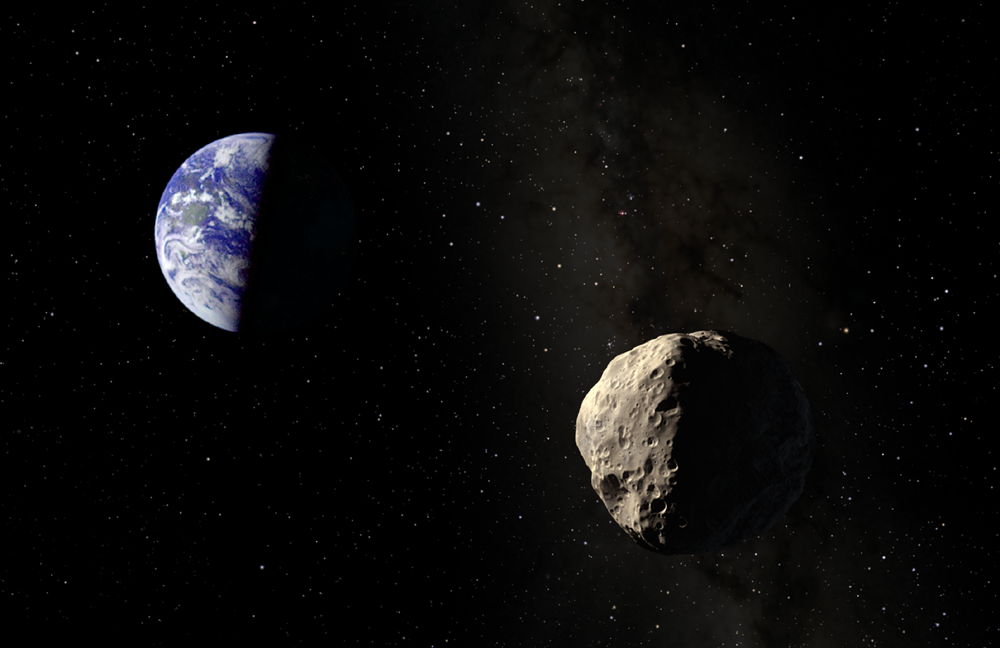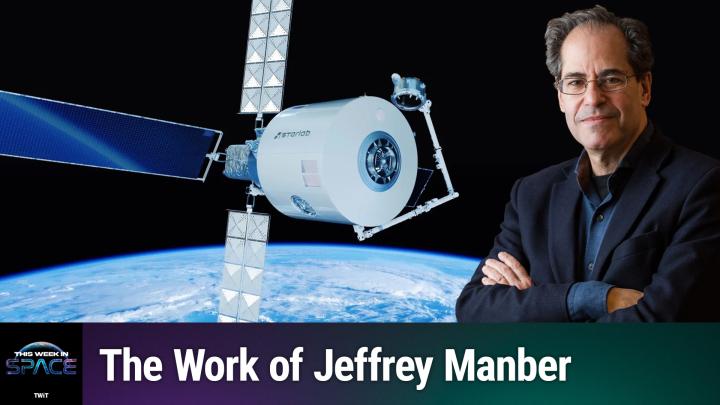NASA wants fleet of spacecraft to watch infamous Apophis asteroid approach Earth: report
NASA wants to bump up the number of visitors to Apophis when the asteroid swings safely by Earth in 2029.

NASA wants a fleet of small private spacecraft to visit an infamous asteroid during its upcoming close shave of Earth, a report suggests.
Apophis, though not a threat to our planet, will pass within the altitude of some satellites in 2029 and will even be visible to the naked eye. The space agency is now floating an idea for industry to create a fleet of tiny spacecraft to watch the asteroid's every move.
These theoretical spacecraft would be in addition to NASA's showcase mission: OSIRIS-APEX or OSIRIS-Apophis Explorer, which will repurpose the ongoing OSIRIS-REx asteroid sampling mission for a study of Apophis.
More spacecraft could be useful for future efforts for planetary defense, NASA officials said in a report published Thursday (April 13) by Space Policy Online. "Nature has provided us with such a prime opportunity to demonstrate our space mission prowess," Bhavya Lal, NASA associate administrator for technology, policy and strategy, said in the report.
Related: Just how many threatening asteroids are there? It's complicated
Apophis was once deemed a potential (but infinitesimally tiny) threat to Earth in the coming century, but further analysis of its orbit showed there is no issue at all for at least 100 years. NASA nevertheless will use the asteroid as a case study to learn more about how space rocks behave in deep space, and how their orbits may shift due to sunlight or gravitational influences from larger bodies.
NASA's spacecraft fleet idea presented at the 8th Planetary Defense Conference in Vienna, Austria (held in a hybrid format April 3 to 7) is only at the mission concept stage, with no budgetary funding. But there might be momentum building.
Breaking space news, the latest updates on rocket launches, skywatching events and more!
The 2022 Decadal Survey of community priorities for planetary science and astrobiology recommended a "rapid reconnaissance" mission, SpacePolicyOnline said. Preventing near-Earth object impacts is also a space priority of the Biden administration and last week, the White House Office of Science and Technology released its own action plan concerning planetary defense.
Other community activities are ongoing to bring attention to Apophis in the public. For example, the Lunar and Planetary Institute will host a virtual workshop concerning the asteroid, and implications for planetary defense, from May 10 to 12.
NASA also will request that the United Nations designate 2029 as the International Year of Planetary Defense, SpacePolicyOnline added. The agency plans to bring a proposal concerning that before the U.N. Committee on the Peaceful Uses of Outer Space (COPUOUS) as soon as 2024.
Elizabeth Howell is the co-author of "Why Am I Taller?" (ECW Press, 2022; with Canadian astronaut Dave Williams), a book about space medicine. Follow her on Twitter @howellspace. Follow us on Twitter @Spacedotcom or Facebook.

Elizabeth Howell (she/her), Ph.D., was a staff writer in the spaceflight channel between 2022 and 2024 specializing in Canadian space news. She was contributing writer for Space.com for 10 years from 2012 to 2024. Elizabeth's reporting includes multiple exclusives with the White House, leading world coverage about a lost-and-found space tomato on the International Space Station, witnessing five human spaceflight launches on two continents, flying parabolic, working inside a spacesuit, and participating in a simulated Mars mission. Her latest book, "Why Am I Taller?" (ECW Press, 2022) is co-written with astronaut Dave Williams.
